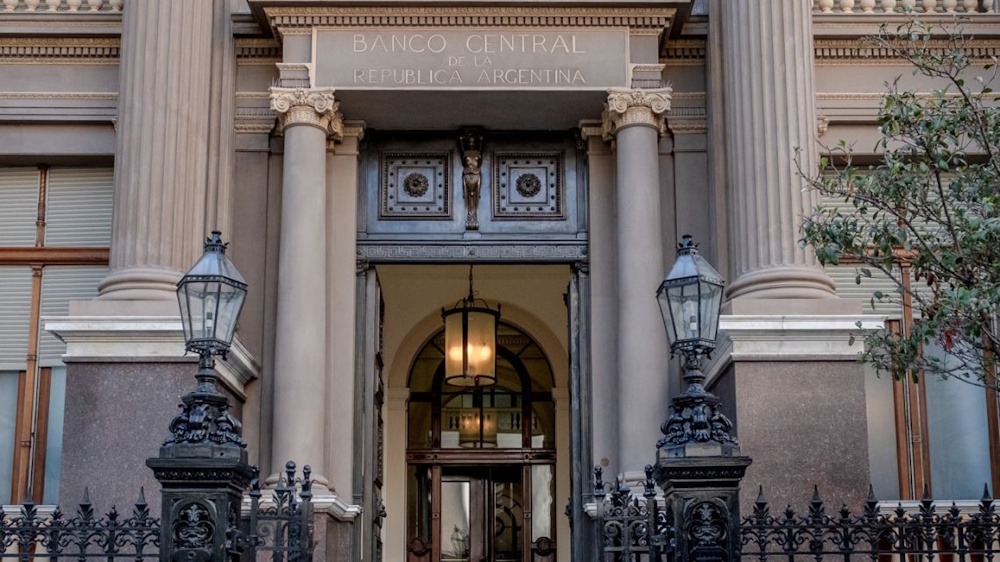Having depleted billions of dollars in reserves, Argentina’s government is employing innovative strategies to safeguard the peso in anticipation of significant midterm elections later this month. The Central Bank expended US$1.1 billion in the spot market last month as the currency exceeded its trading band and is now approaching a limit set by Argentina’s primary exchange in the derivatives market. At the close of September, it increased its short position in dollar futures to approximately US$8 billion, nearing the US$9-billion limit established by the A3 exchange. The monetary authority has been exploring alternatives to mitigate devaluation speculation. Those bets have surged, notwithstanding the government’s efforts to stabilize the currency. Dollar futures currently suggest an annualised devaluation rate for the peso of approximately 60 percent, significantly exceeding the Central Bank’s forecast of under 30 percent for the next year.
The expanding divide highlights the rapid decline in confidence regarding the currency and President Javier Milei’s administration. “This shows a deep fear of floating,” stated Juan Carlos Barboza, in a report to investors last week. “What we are observing is a soft peg – and the Treasury is depleting essential reserves in the process.” The Central Bank employs various alternative tools, one of which is a secondary market operated by the local stock exchange, BYMA. Prior to its entry, the platform was predominantly unoccupied. According to a source, volumes have been on an upward trajectory since the Central Bank’s initial announcement on September 19. Nevertheless, liquidity continues to be constrained, with open interest recorded at US$141 million on Tuesday, complicating the process for investors seeking to unwind their positions. BYMA has established a limit on total short positions at US$6 billion, with the potential to increase this cap to US$12 billion. The Central Bank refrained from providing any commentary. It commenced operations in a bilateral trading venue, a market characterized by limited activity, allowing buyers and sellers to engage in direct transactions without the involvement of a central counterparty. The bank made its market entry with an investment of under US$10 million, according to a source. Banks utilizing this venue encounter restrictions that cap positions at either half of their net worth or US$300 million, whichever is less. According to traders, the total caps of short positions in this market amount to approximately US$6 billion.
The endeavor to affect the peso extended beyond the derivatives market, as the government also engaged with the bond market. The recent execution of a US$4-billion debt swap enabled the Central Bank to obtain dollar-linked securities from the Treasury in return for peso bonds and notes. The measure, as detailed in the government’s Official Gazette, equips the Central Bank with enhanced instruments to engage in the currency market. The Treasury has reportedly sold a minimum of US$1.5 billion in the last six sessions to maintain the exchange rate under 1,430 pesos per dollar, based on estimates from traders. Central Bank data indicate that it held US$1.7 billion in dollar deposits as of October 2, implying that the current amount has now fallen below US$750 million. The Central Bank is permitted to intervene solely when the peso surpasses either limit of a floating band established in conjunction with the International Monetary Fund. The existing level of holdings suggests that the government is poised to require a new influx of capital from multilateral lenders, alongside assistance from the US Treasury, to fulfill debt obligations scheduled for January.
“Despite Milei’s announcements of imminent US assistance and confirmation of an official visit to the White House on October 14, market expectations have continued to deteriorate,” economist Juan Manuel Truffa stated in a recent report. The government has implemented regulatory adjustments, providing temporary tax incentives that prompted dollar holders to divest a portion of their assets to enhance supply. In June and September, for instance, it reduced taxes on agricultural exports, encouraging farmers to expedite sales that would typically take place throughout the year. The peso experienced a temporary appreciation. “The market is questioning whether this exchange rate aligns with the growth model that Argentina requires,” stated Joaquín Bagues.

